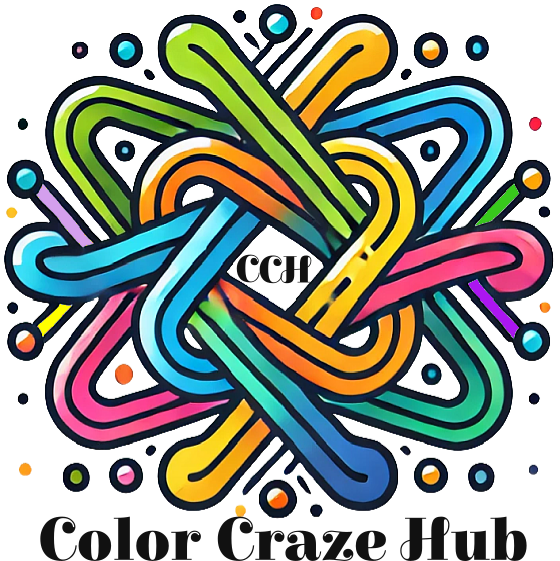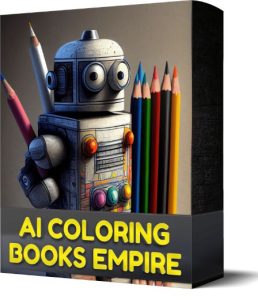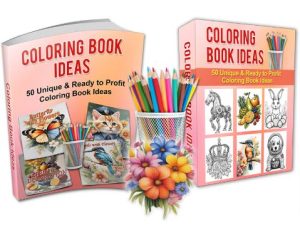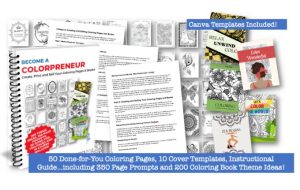Pencils can orchestrate a beautiful blend of creativity and versatility, particularly watercolour pencils. This medium allows you to blend the precision of pencil work with the fluidity of watercolours, opening a plethora of artistic opportunities. In this tutorial, you will learn how to adeptly combine traditional and modern methods using watercolour pencils, enhancing your artwork with rich colours and intricate details.
First, it’s necessary to gather your materials. You will need a set of high-quality watercolour pencils, a sketchbook or watercolour paper, a fine brush, and a container of clean water. Each element plays a significant role in achieving the desired results. Investing in artist-grade watercolour pencils will ensure that you have vibrant colours that blend smoothly and layer well.
Before starting your project, consider the type of work you want to create. You may choose to draw still life, landscapes, or abstract designs. Familiarize yourself with the pencil colours; swatching them on your paper can help you visualize how they appear when dry versus when wet.
To begin your artwork, lightly sketch your composition using the watercolour pencils. Keep your strokes loose and gentle; this will allow for more flexibility later. Don’t be overly concerned about perfection in this step, as you will be blending and adding layers as you progress.
Once your initial sketch is complete, it’s time to start building up your colours. Use a light hand to apply the watercolour pencils; this way, you can layer colours gradually. Start with your lighter shades and build up to darker tones, enhancing depth and dimension in your work. Blending your colours while the pencil marks are still dry is an effective way to achieve softer transitions.
Now, for the magic moment—blending your pencil work with water. Dip your fine brush into the clean water and tap off any excess. Gently brush over the areas you wish to blend; this process will activate the pigments in the watercolour pencils. Observe how the colours transform, softening and merging into one another, creating watercolor-like effects. You can manipulate the intensity of your colour by adjusting the amount of water you use; less water will yield stronger colours, while more water will create a lighter, washed-out effect.
If you desire more details or sharper edges in your art piece, you can let the wet areas dry. Once they’re dry, you can add additional layers of pencil to refine your lines and areas that require more definition. This method marries traditional pencil techniques with the modern allure of watercolour, providing you with an expansive range of expression.
As you practice blending techniques, don’t shy away from experimenting with mixed media. Adding ink, pastels, or even charcoal can elevate your artwork further, allowing you to explore dimensions and textures that create a unique visual language.
In short, watercolour pencils give you the freedom to combine traditional and modern art techniques seamlessly. By understanding how to manipulate the watercolor property of your pencils alongside traditional sketching methods, you not only enhance your abilities but also expand your artistic repertoire. Enjoy the process of exploration and creation!




